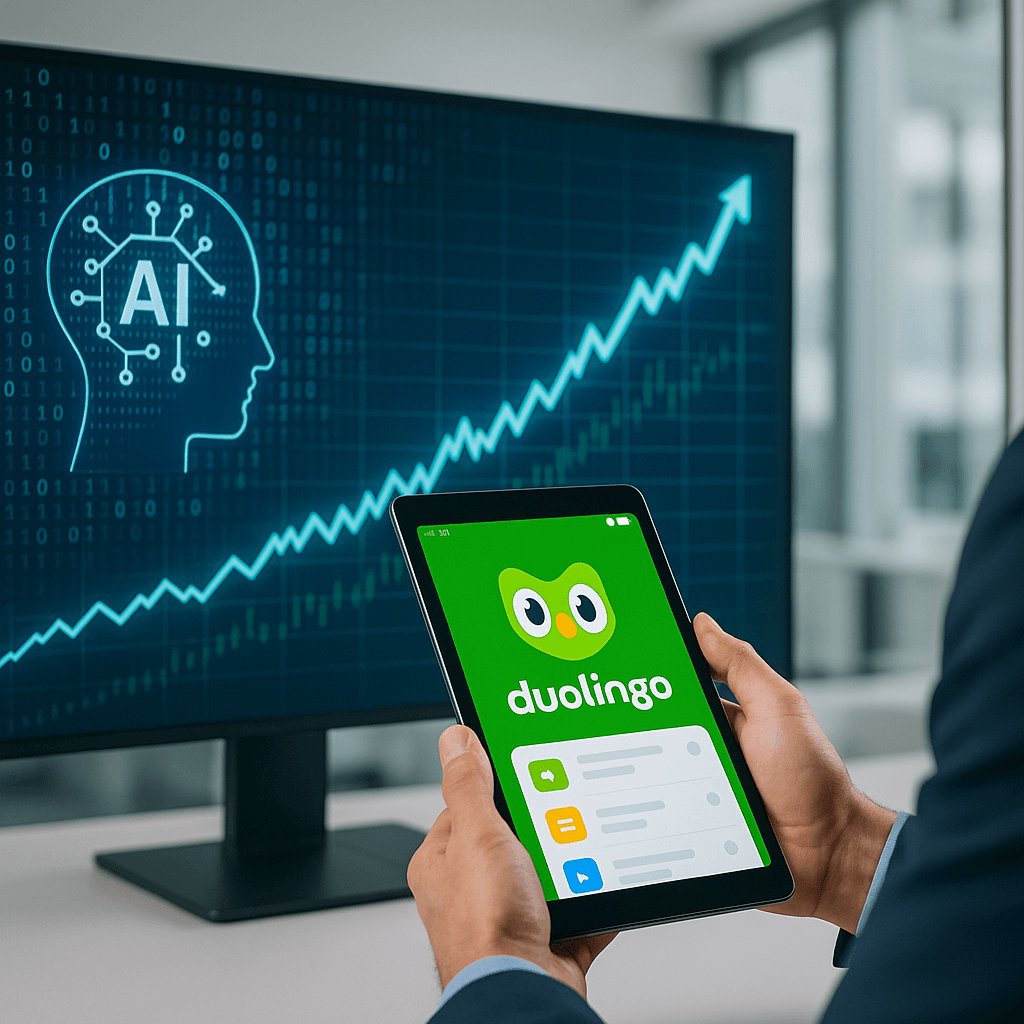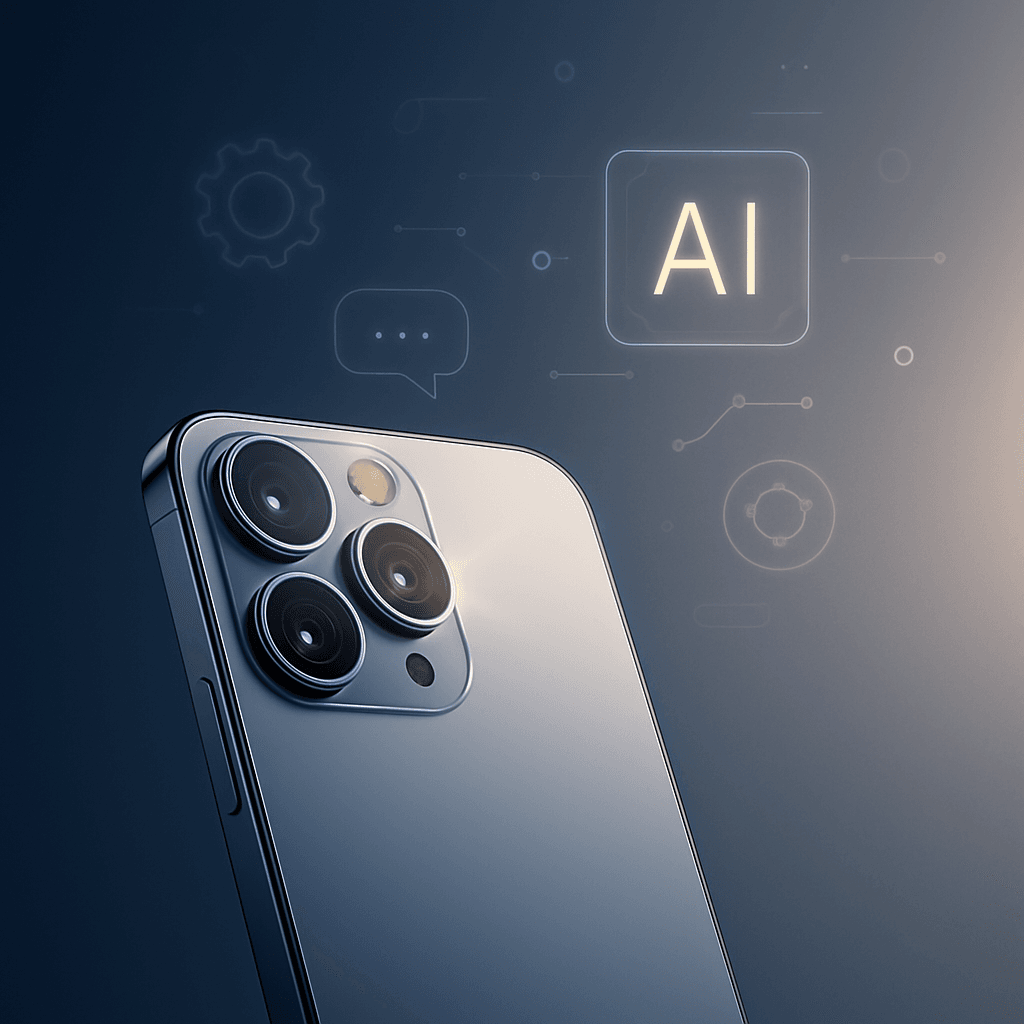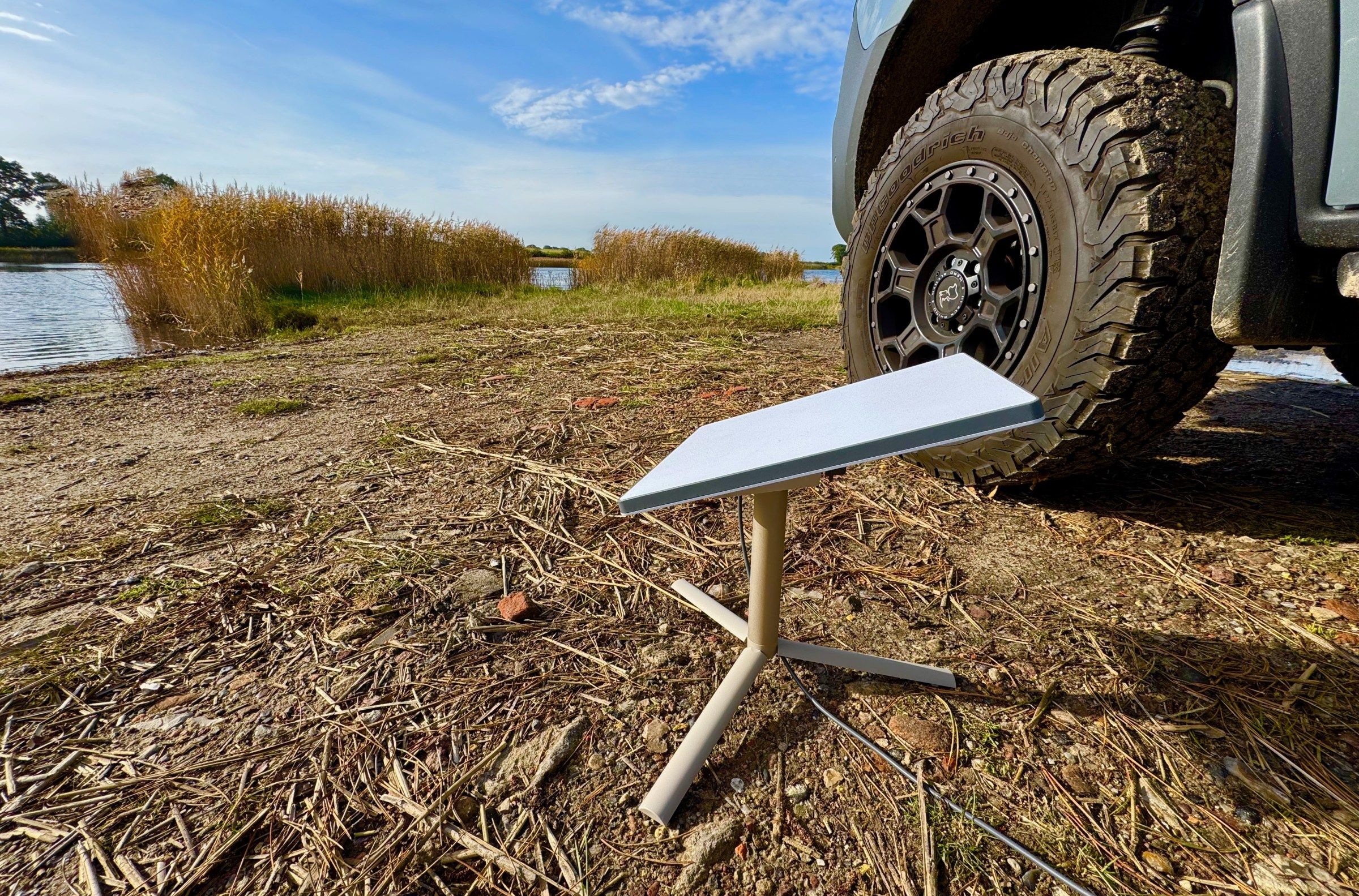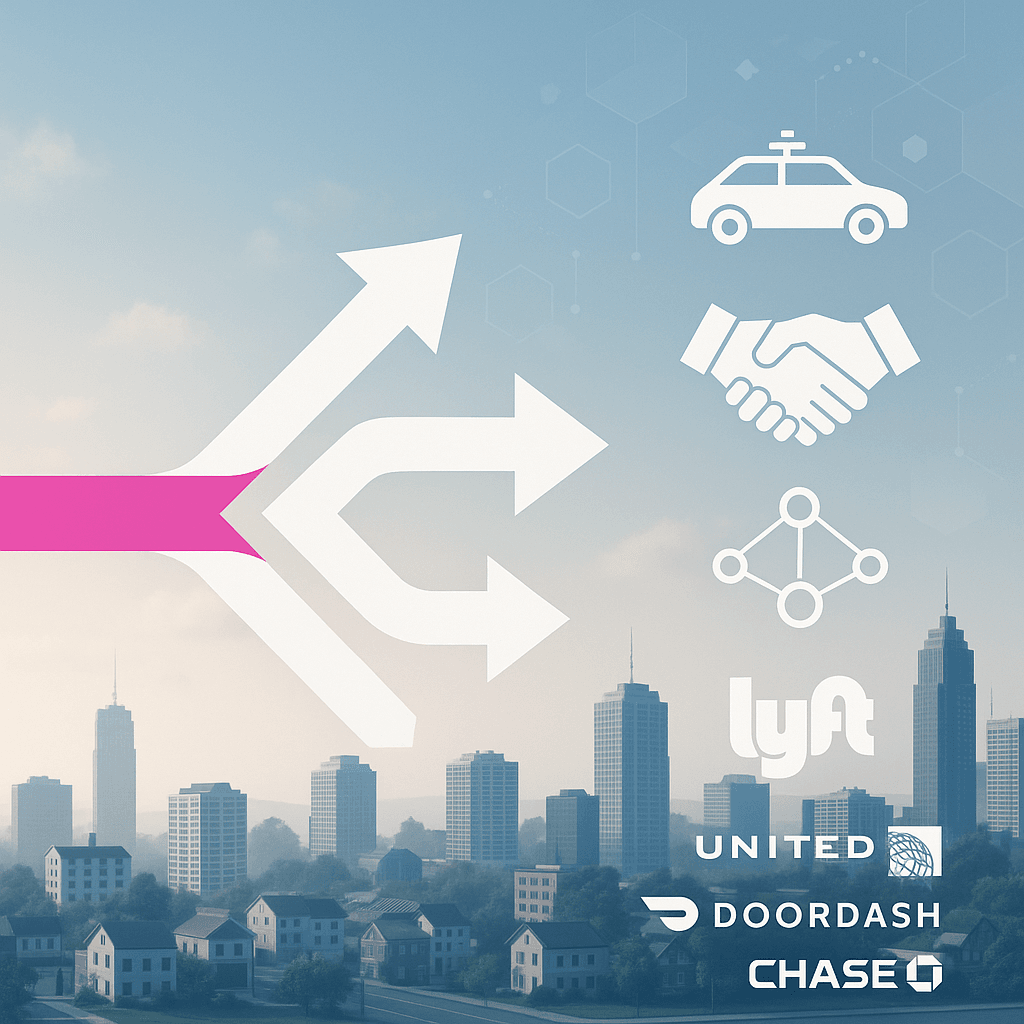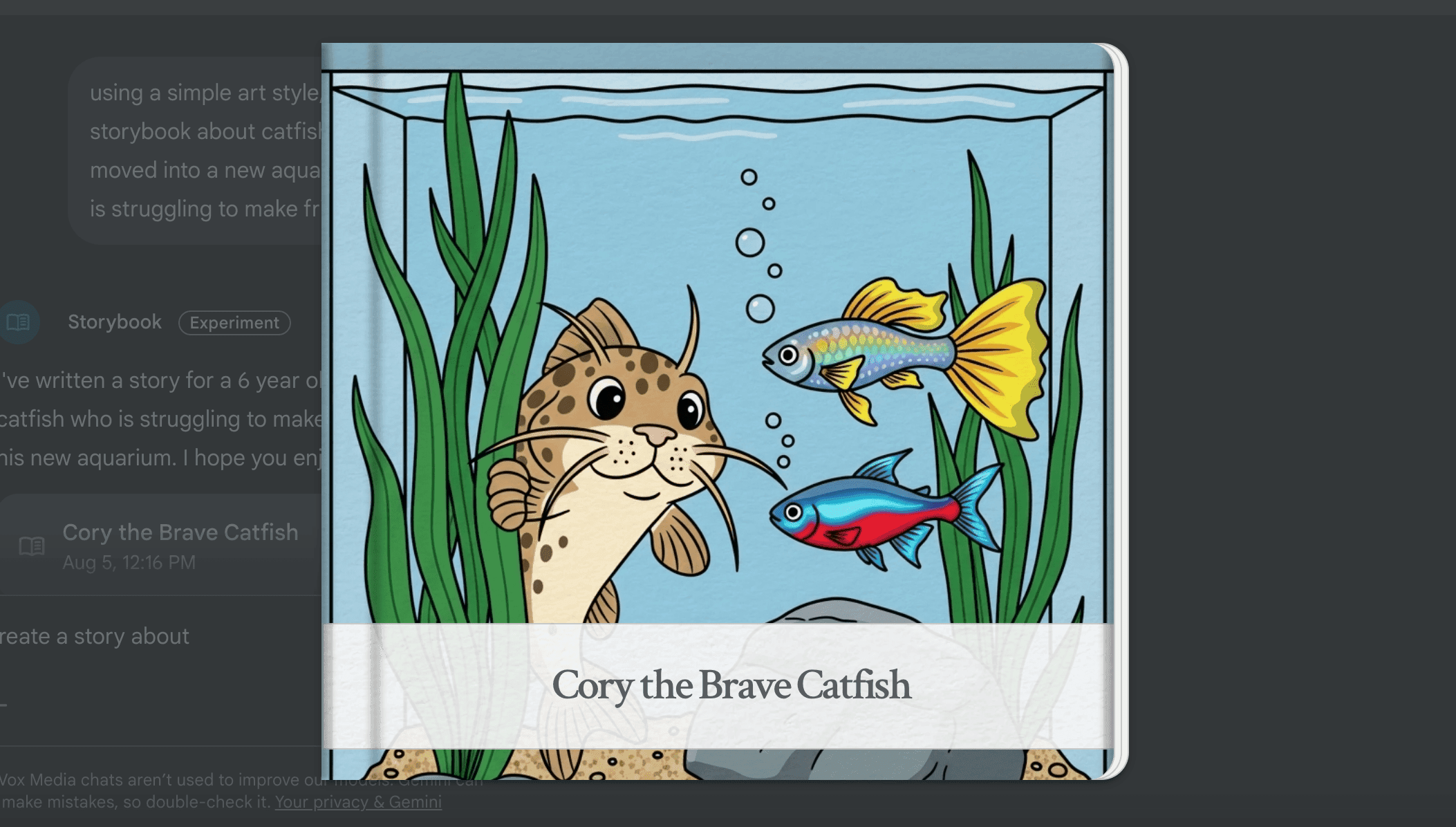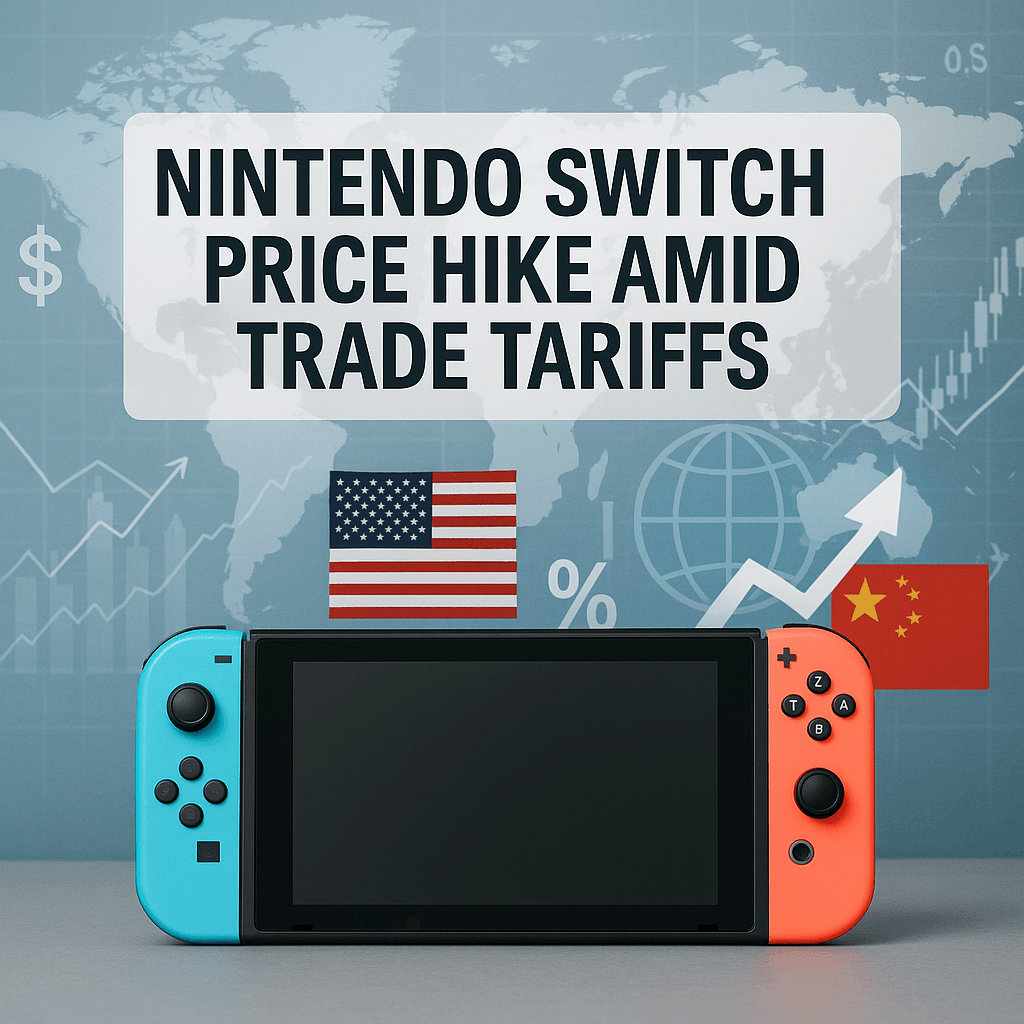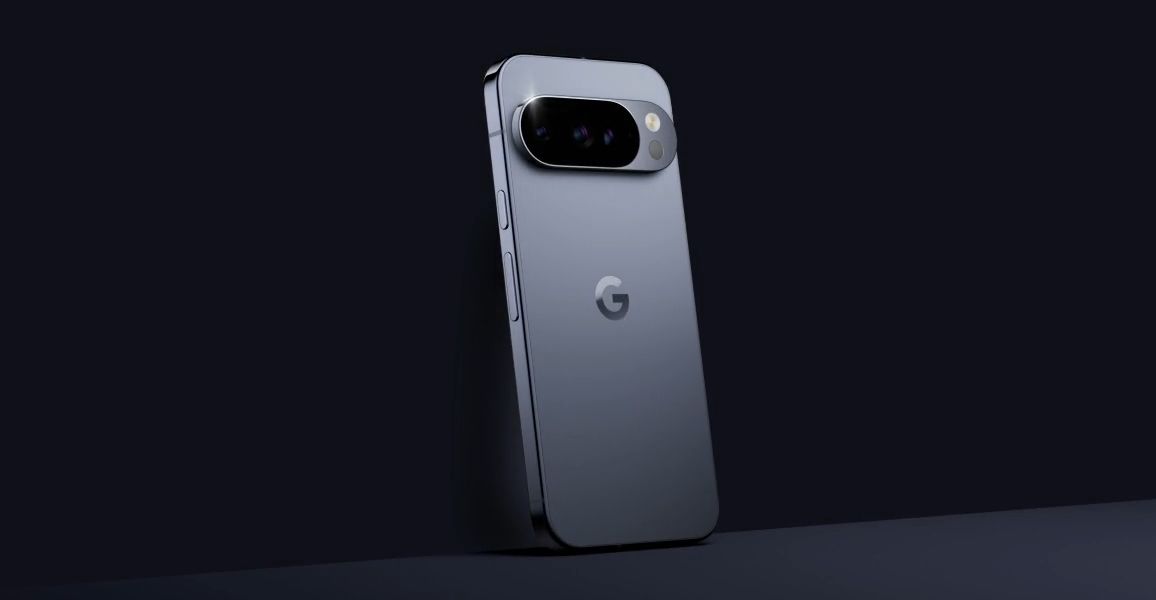TL;DR
- - ChromeOS and NASA create UV aurora visuals
- - Visuals adapt to Earth's time zones
- - ChromeOS leverages advanced AI capabilities
- - Strategic fusion of AI and astronomy offers new depths
What happens when Google's AI meets NASA's space imagery? A striking collaboration unfolds, bringing Jupiter's UV auroras to life as stunning ChromeOS wallpapers. This innovation not only highlights the intersection of technology and astronomy but also enriches user experience with dynamic, time-adaptive visuals.
Opening Analysis
In a fusion of technology and astronomy, Google’s ChromeOS has unveiled a series of dynamic wallpapers featuring Jupiter’s ultraviolet auroras, created in collaboration with NASA. These visuals are not just aesthetic enhancements; they demonstrate the potential of AI-driven imagery to transform user interaction and experience.
NASA’s Hubble has long observed Jupiter’s poles, capturing images of the electrifying auroras in ultraviolet wavelengths. While these phenomena are invisible to the naked eye, utilizing Google's AI image-generation tools has made them accessible to all Chromebook Plus users.
Market Dynamics
This innovation stands out in the competitive tech market by illustrating how software can use AI to enhance hardware. By offering uniquely themed content exclusive to high-performance devices such as the Lenovo Chromebook Plus 14, Google differentiates its products within the saturated consumer tech sector.
Technical Innovation
The Google-NASA partnership harnesses developed AI imagery technologies to visualize celestial phenomena accurately. This not only enhances Chromebooks visually but underscores Google's commitment to integrating cutting-edge scientific research into consumer experiences, building vivid digital depictions that mimic not just the visuals but the real-time conditions of astronomical entities.
Financial Analysis
Though primarily a value addition rather than a direct revenue generator, this feature elevates the perceived value of ChromeOS devices, potentially boosting sales. The collaboration showcases the strategic leveraging of AI capabilities to increase market allure and differentiation, which may indirectly support Google’s broader ecosystem growth.
Strategic Outlook
Looking ahead, collaborations like this could redefine how tech giants leverage AI for not just practical applications but experiential, visually-stimulating offerings that engage users. The potential for integrating further scientific visuals into everyday technology opens new avenues for interactive educative experiences.
